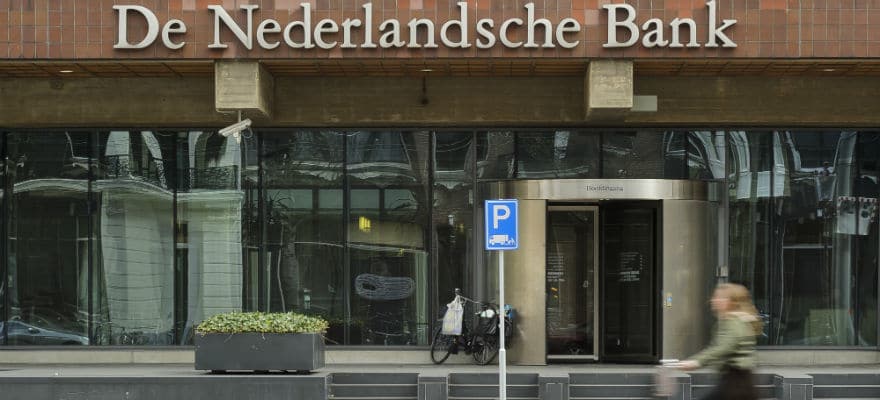Ethereum founder Vitalik Buterin does not like centralised exchanges.
Speaking to TechCrunch columnist Jon Evans at an event in Zug last week he said: "I definitely personally hope centralised exchanges burn in hell as much as possible."
Background
An exchange is a central venue at which trading takes place. The function of an exchange, according to Investopedia, is "to ensure fair and orderly trading and the efficient dissemination of price information for any securities trading on that exchange."
One example of an exchange is a stock exchange, which is where companies get listed if they want to raise money by selling ownership shares the public - preferable because private investors can make their money contingent dependent on their demands. These shares are then traded around by customers.
Similarly, cryptocurrency exchanges like Binance, Huobi, and Coinbase offer a platform for people to trade Cryptocurrencies amongst themselves. They can hold people's cryptocurrency and wallet keys for them, which is why they are often a target for hackers.
Hacks
Mt. Gox is perhaps the best example of what can go wrong. This now-defunct Bitcoin exchange once handled as much as 70 percent of all transactions but closed down in 2014 after 850,000 bitcoins (today's price: $5.8 billion) were stolen. The thieves were never caught.
Other examples include, but are not limited to, the $170 million stolen from BitGrail (Italy) in February 2018 and the $500 million stolen from Coincheck (Japan) in January 2018. Bithumb, the biggest exchange in South Korea, has suffered two major thefts - the private data of 30,000 of its customers in July 2017 and then $31.6 million in cryptocurrency one year later.
Repercussions
The repercussions of the Mt. Gox hack are still being felt, as enormous amounts of Bitcoin still lurk in the Blockchain , constantly threatening to completely destabilise it.
More generally, thefts cause customers to lose faith in the hacked business, and the world sees more evidence that cryptocurrency is dangerous. They have often caused governments to crack down on the industry.
Another negative of centralised exchanges is that they to some extent control the success of a given token. Entities that want to get their tokens listed on an exchange find that they are charged between $50,000 and $1 million for the privilege, according to research conducted by Business Insider, which is clearly a step away from the democratic philosophy of cryptocurrency enthusiasts.
Nonetheless, most of the world's trading is done through these exchanges, because they are easy to use and offer additional services. The two biggest such businesses are currently handling more than one billion dollars' worth of trading a day. But while they are making efforts to be more secure, the security risk will never go away while they continue to hold large amounts of money.
Decentralisation
Buterin argued that centralised exchanges do have a place, despite their issues. He said: "In practice, first of all on the fiat to crypto side its very difficult to decentralise because you are interfacing with the fiat world, and the fiat world is one that only has centralised gateways, so I do think that there are valuable services that are being provided there that are very hard to decentralise."
But decentralised exchanges are closer to the original Bitcoin ideal. These exchanges are entirely peer-to-peer, with no middlemen involved apart from an automatic smart contract.
Buterin put it: "All you do is send tokens of one type to one address and then you immediately get tokens back from another address - from a user experience point of view it's great."
Ease of use aside, users of decentralised exchanges need not entrust their money to third parties. They are at risk of losing their keys, but at least it is their risk.
Other features that make decentralised exchanges more in tune with the Nakamoto philosophy is that users are not required to disclose their identities, unlike exchanges which aim to become regulated businesses and thus must comply with know-your-customer checks.
Regarding payment for listing, Buterin would prefer that tokens succeed or fail on their own merit: "We can really take away this stupid king-making power that centralised exchanges have where they have this ability to just decide which tokens become big by deciding to list them and charging these crazy 10 -15 million dollar listing fees."
Some people believe that, in their quest for acceptance, centralised exchanges are becoming a little too mainstream. Buterin said: "The more we can get away from that world and into something which actually satisfies the blockchain values of openness and transparency the better."






















